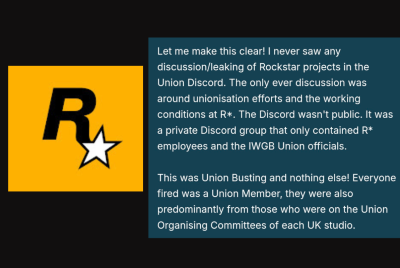'Decentralised' prediction platform removes financial analyst bias
CEO Mike Brusov offers hedge funds and traders monthly subscriptions to the decentralised prediction service.

The main problem in current financial analytics is centralisation, according to Mike Brusov, CEO of Cindicator, which uses the wisdom of the crowd to answer questions about markets. This is because analysts cluster their forecasts and opinions in open access and these opinions impact upon the opinions of other analysts.
Cindicator cuts through this centralisation bias by aggregating opinion from a wide range of diverse forecasters from different countries with different professional backgrounds, with different personal experience. The results, which like a prediction market are always more accurate than even the most expert opinion, are sold to hedge funds and traders looking for an edge.
Brusov conducted a simple experiment to show how bias affects prediction. Using Facebook, he showed a picture of a packet of nuts and asked a group of friends to guess the number. The first time he conducted the test, he asked his friends to only answer in comments, so they could see the other answers. The answers shown had an impact on other answers, and as a result the average prediction Brusov received from his friend-crowd was not very accurate.
When he repeated the experiment, but asked his friends to use direct message, the average prediction turned out to be a lot more accurate. He said out of 100 people, some said 50 nuts, others said as much as 600, but the average from the crowd was 321. There were 329 in the picture.
"We are not a prediction market," states Brusov. "So our forecasters don't risk their money. We motivate them with a chance to win a real cash prize at the end of each month. The prize money is around $2000 per month and we divide this prize among the first 2% of forecasters."
Brusov said a secondary, long-term motivation is that forecasters like to use the application to test their trading or investing skills. "Our users like to show their ability to make a more precise forecast, than, for example, a professional analyst from Wall Street. And people like to publicly show their point of view about anything – finance, politics etc."
Access to the platform and its real time "indicators" comes at a monthly subscription, and it's from here the prize money is scalped. Since launching in July this year, the service has been snapped up by hedge funds and traders. Cindicator also opened its own trade account a couple of months ago, using only its crowd indicators.
"We opened an account for $100,000 and we got revenue around $50,000 in the first month of trading. We explained and showed all our deals in a blog on medium so everyone could see this public experiment," said Brusov.
He explained the system comprises four types of indicator: about stocks, about futures, about financial economic reports, and about some political news which can directly or indirectly impact on the financial markets and dump on the share prices.
Two financial analysts generate around 10 or 15 yes/no questions every day; in addition the service has added automatically generated questions by bot (5-7 questions per day). Questions are about the max and min price for any financial asset for the during week. The audience chooses a probability for each event. The answers are collated and the average probability is the crowd indicator.
Brusov said systems like Estimize have a similar idea, except they only forecast from professional analysts. In the long term a more diverse crowd will always be more accurate, he said. Right now the system has 5,000 forecasters and Brusov plans to engage 30,000 by the end of this year.
There are two subscription plans: a basic subscription is around $200 per month which provides access to daily posts to daily posts and access to the weekly signals about any requested asset. A corporate plan is being launched to allow firms to generate their own questions and customise their insights, and access to all data and signals via API to use it in algorithm-trading for example.
"We started in financial markets because every day traders are trying to predict price movements," said Brusov. "But financial markets are only the beginning. Our solution we can be integrated into different areas like politics, sport, or a corporate solution."
© Copyright IBTimes 2025. All rights reserved.






















